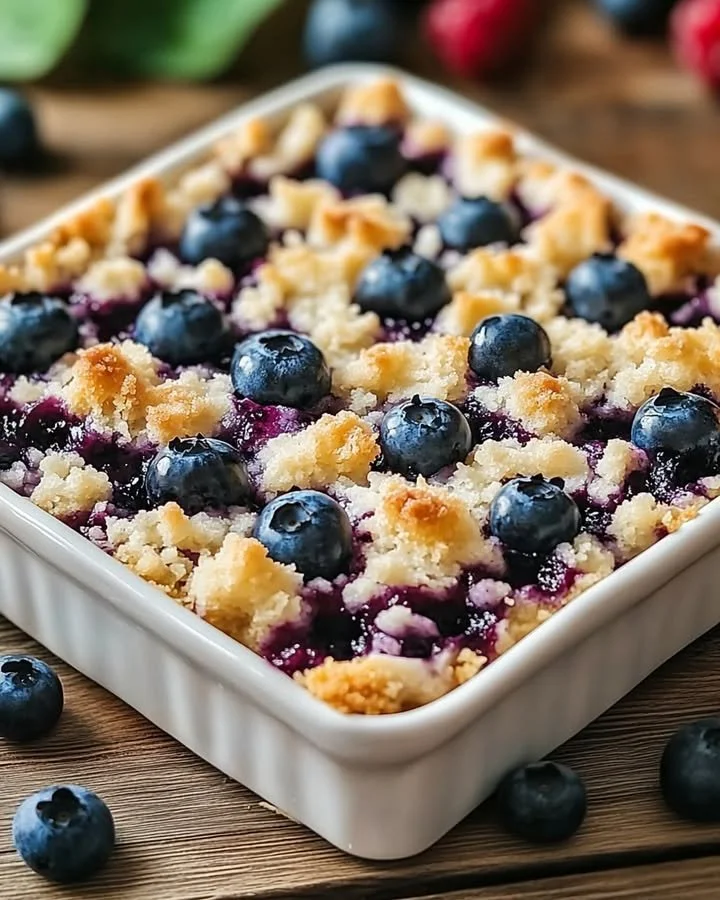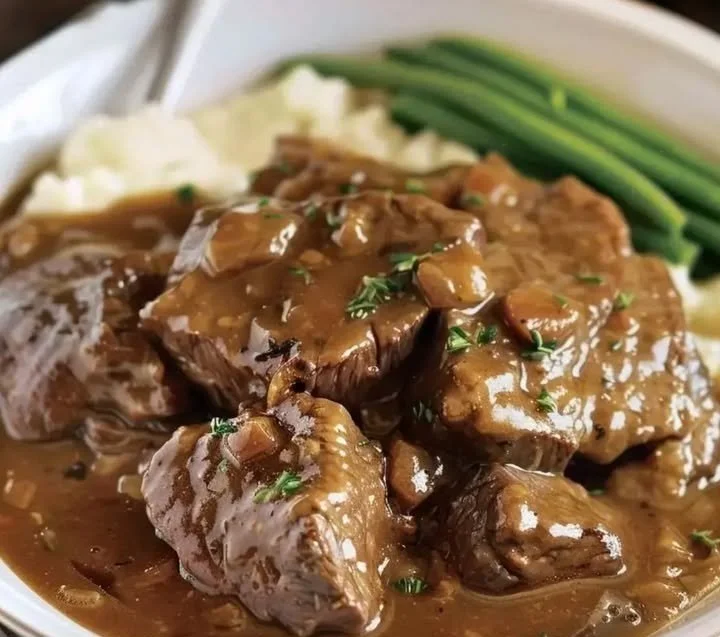Juicy Roast Pork


Easy Homemade Juicy Roast Pork — A Traditional, Healthy Comfort Meal
Juicy Roast Pork has been my go-to comfort food for years — the kind of dish that fills the kitchen with warm, savory smells and makes everyone gather around the table. This easy, homemade Juicy Roast Pork recipe gives you tender, flavorful meat with a golden crust, perfect for weeknight dinners, Sunday family meals, or holiday gatherings.
Whether you’re feeding a crowd or meal-prepping for the week, this traditional roast pork is forgiving, delicious, and can be made a little healthier without losing any of the soul-warming flavor.
🧂 Ingredients:
- 2 kg (about 4–5 lb) pork shoulder (Boston butt) or pork loin for a leaner option
- 4 cloves garlic, minced
- 2 tablespoons olive oil or vegetable oil
- 2 teaspoons kosher salt (plus extra for finishing)
- 1 teaspoon black pepper, freshly ground
- 1 teaspoon smoked paprika (or regular paprika)
- 1 teaspoon ground cumin (optional, for warmth)
- 2 tablespoons Dijon mustard or whole-grain mustard
- 2 tablespoons honey or maple syrup (optional, helps with browning)
- 2 onions, quartered
- 3 carrots, cut into large chunks
- 2 stalks celery, chopped
- 500 ml (about 2 cups) low-sodium chicken or vegetable broth
- 1 cup dry white wine (optional — swap with extra broth if avoiding alcohol)
- 2 sprigs fresh rosemary or 1 tsp dried rosemary
- 2 sprigs fresh thyme or 1 tsp dried thyme
- 1 bay leaf
Optional for crisp skin (if using pork shoulder with skin):
- 1–2 teaspoons coarse sea salt for rubbing the rind
- Score skin with a sharp knife before roasting
👩🍳 Directions:
- Preheat the oven to 160°C (325°F). Line a roasting pan with foil for easier cleanup.
- Pat the pork dry with paper towels — dry meat = better browning and juiciness.
- In a small bowl, mix garlic, olive oil, salt, pepper, paprika, cumin, mustard, and honey. Rub this paste all over the pork (including under any flaps of fat). For extra flavor, let it marinate in the fridge for 1–12 hours.
- If you want a crispy skin: score the skin in a crosshatch pattern, rub with a little oil, and sprinkle coarse sea salt evenly.
- Heat a large, ovenproof skillet or Dutch oven over medium-high heat. Sear the pork on all sides until deeply golden — about 3–4 minutes per side. This adds flavor and helps seal juices.
- Remove pork and set aside. In the same pan, add onions, carrots, and celery; sauté 4–5 minutes until slightly softened and fragrant.
- Pour in the wine (if using) and deglaze the pan, scraping up browned bits for 1–2 minutes. Add the broth, rosemary, thyme, and bay leaf. Return the pork to the pan, fat side up.
- Cover the pan with a tight-fitting lid or foil and roast in the preheated oven for about 2–3 hours (for 2 kg pork shoulder) until the meat is very tender. If using pork loin (leaner), roast until internal temperature reaches 63°C (145°F) — usually 45–75 minutes depending on size. For fall-apart tender shoulder, aim for 95–98°C (203–210°F).
- For a crispy finish: increase oven to 220°C (425°F) for the last 10–15 minutes uncovered, basting with pan juices, to crisp the outside. Watch closely so it doesn’t burn.
- Remove pork and let it rest, tented with foil, for 15–20 minutes before slicing or shredding. This keeps it juicy.
- While resting, skim excess fat from the pan juices, reduce on the stove for 5–8 minutes to make a quick gravy, and season to taste. Simmer until slightly thickened.
- Slice or pull the pork and serve with roasted vegetables, mashed potatoes, or a bright salad.
Cooking times & tips summary:
- Sear: 3–4 min per side.
- Roast pork shoulder: 2–3 hours at 160°C (325°F) until fork-tender.
- Roast pork loin: 45–75 minutes until 63°C (145°F).
- Rest: 15–20 minutes before slicing.
- Crisp finish: 10–15 minutes at 220°C (425°F) uncovered.
💡 Tips & Variations:
- Healthy swaps:
- Use pork loin for a lower-fat option and reduce roast time.
- Swap oil for olive oil and use less honey to cut added sugars.
- Serve with cauliflower mash or a big green salad for a low-carb meal.
- To make it gluten-free, use gluten-free mustard and ensure your broth is GF.
- Vegan alternative: try a pulled jackfruit roast with similar spices and slow-roast or pressure-cook for a plant-based “pulled pork” experience.
- Flavor variations:
- Asian-style: swap mustard/honey for hoisin, soy sauce (or tamari GF), ginger, and five-spice powder.
- Citrus-herb: add orange zest and lemon juice to brighten flavors.
- Serving ideas:
- Shred and serve in tacos, sandwiches, or over rice bowls.
- Pair with roasted root vegetables, steamed greens, or apple sauce for a classic combo.
- Storage:
- Refrigerate leftovers in an airtight container for 3–4 days.
- Freeze portions for up to 3 months. Thaw overnight in the fridge.
- Reheat gently in the oven at 150°C (300°F) covered, or on the stove with a splash of broth to keep moist.
- Make-ahead: Roast the day before, store pan juices separately, and reheat gently — flavors often deepen overnight.
🩺 Health & Lifestyle Tie-in:
Pork is a great source of high-quality protein, B vitamins (like B12 and B6), zinc, and selenium. Choosing leaner cuts and pairing the roast with plenty of vegetables helps balance the meal. Eating nourishing homemade meals like this Juicy Roast Pork not only feeds your body and soul but can also support long-term health — which, in turn, helps avoid preventable medical costs down the road. Small cooking habits at home are an easy step toward both better health and financial peace of mind.
❤️ Conclusion:
There’s something timeless about a roast that brings people together — the aromas, the shared plates, the leftovers for sandwiches the next day. If you make this Juicy Roast Pork, tell me how it went: leave a comment, share a photo, or tag me — I’d love to see your version and any tasty twists you try!
#fblifestyle











